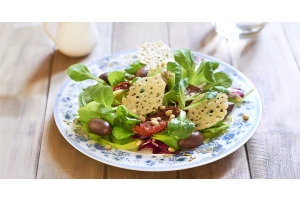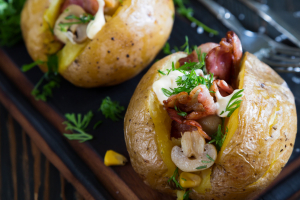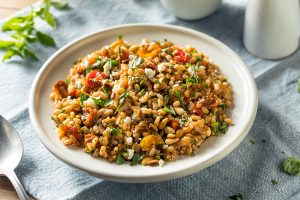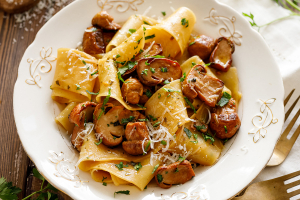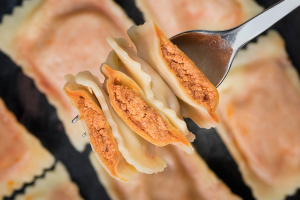How to cook pasta: tips and tricks
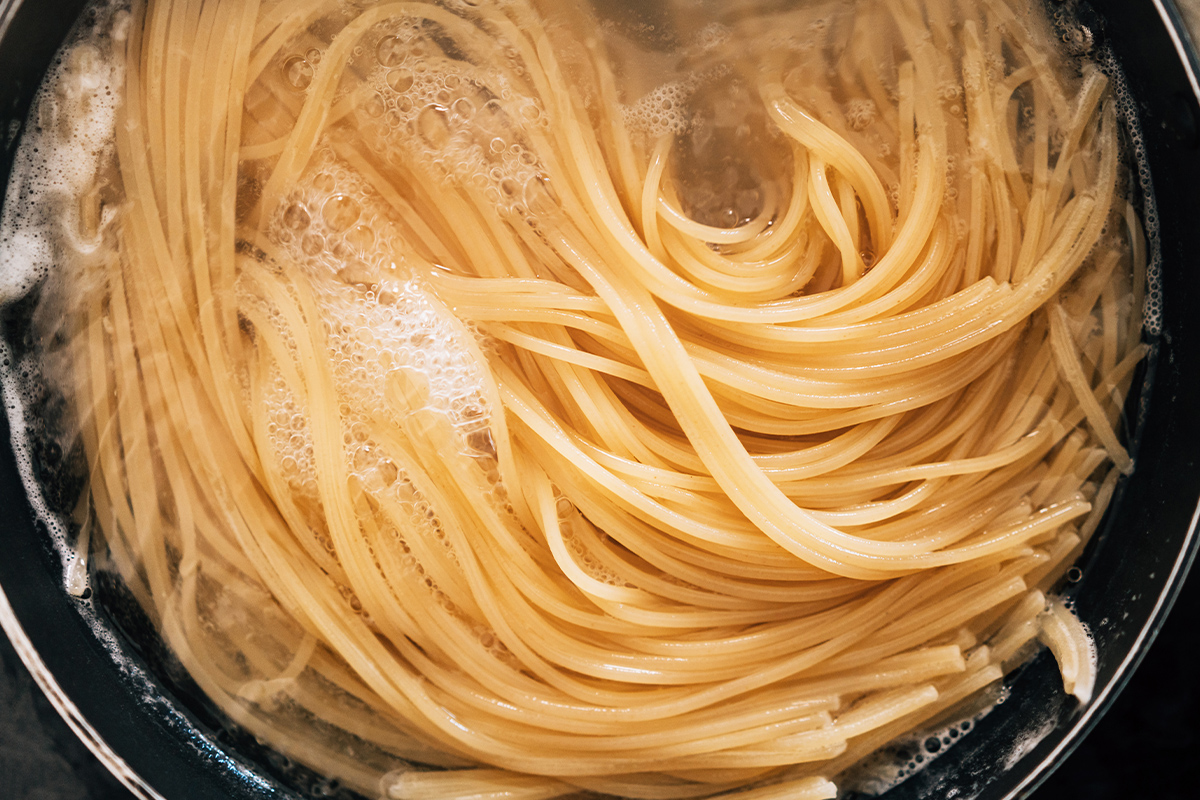
Cooking pasta might seem a fairly simple operation but, in reality, to prepare a good first course it is good to follow some tips. Let's see together which ones!
Perfect pasta preparation requires the correct use of pots, pasta shape, proportions of water and salt, use of the sauce and cooking times. In this case, cooking pasta requires a well-proportioned pot; for short pasta it is better to use low pans, while for spaghetti, bucatini or other shapes of long pasta it is advisable to choose high pans that allow cooking without having to bend the pasta strands or, worse, break them.
The water to be used should be at least 1 liter for every 100 grams of pasta to be cooked. The type of stove must also be appropriate; if it is too small, the risk is not to reach the optimal boiling point, if it is too large there is the risk of giving too much flame and letting everything boil. So be careful to choose pot and stove of the right size and well related to each other.
Like water, salt must also be correctly dosed. The ideal ratio is 10 grams of salt for every liter of water used for cooking, and it is good to remember that salt must be added to the water just before boiling.
Pay attention to the size and quality of the pasta
When you decide to prepare an excellent pasta dish it is important to choose quality pasta. The advice is to always choose a bronze-drawn pasta, a type that keeps cooking better and that, thanks to its roughness, allows the sauce to be retained and absorbed better, to the advantage of the goodness of the dish that you bring to the table.
The pasta format must also be chosen based on the dish to be prepared and the sauce. For example, if you want to cook pasta with Calabrian sausage or legumes, it is better to choose a short pasta format that is able to blend well (shells, ditaloni, etc.)
When and how to drop the pasta
As soon as the water reaches the boil, lower the pasta for all its quantity and, at the same time, raise the heat, so as to immediately start boiling again. Never add cold water, the shock would cause less than optimal cooking.
Depending on the type of pasta, a different cooking time must be provided, which is always indicated on the package. However, the advice is to drain the pasta al dente or just before it becomes, then complete the cooking in the pan with the sauce by adding a couple of ladles of the cooking water.

